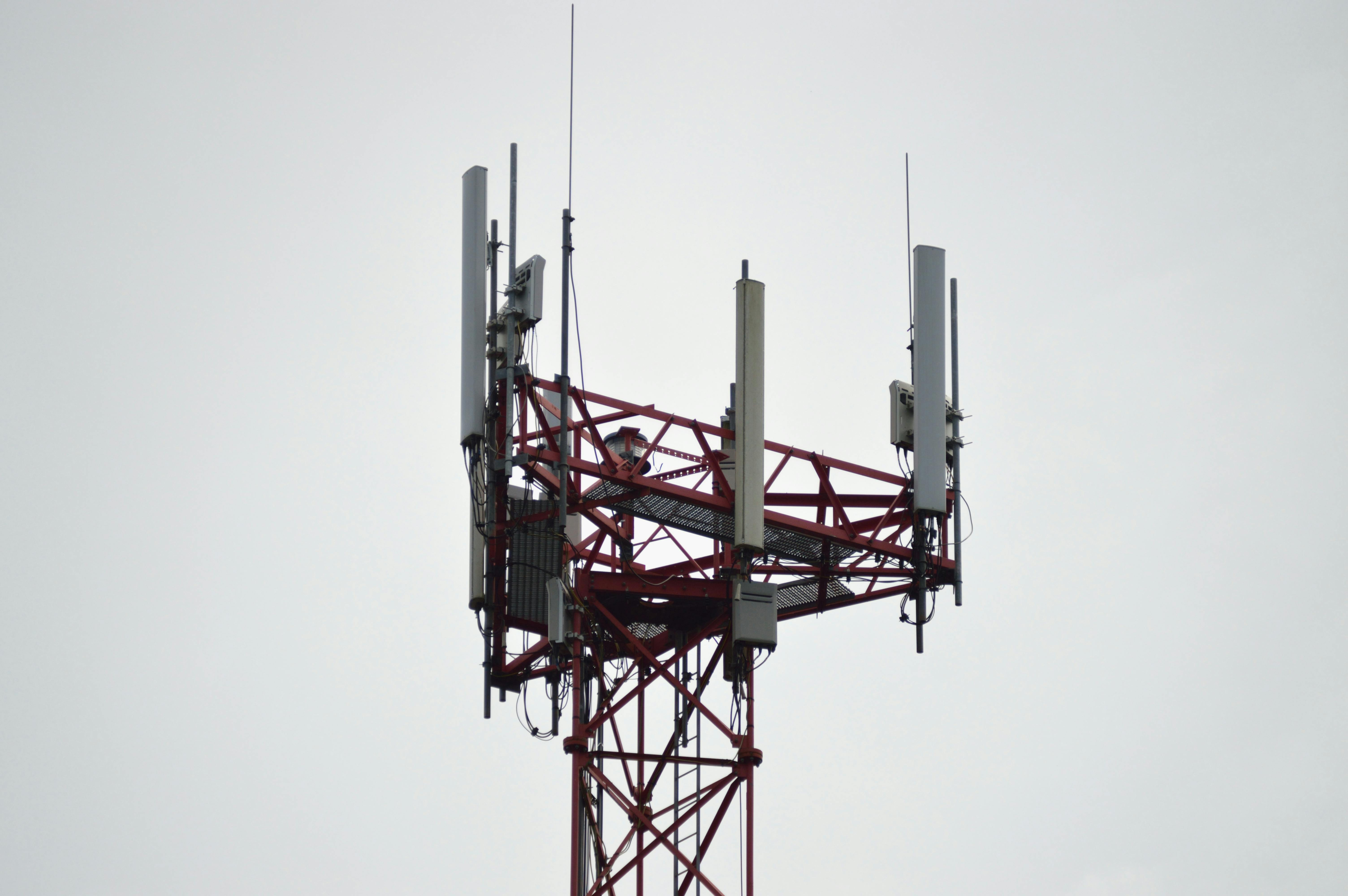Virtual reality headsets
When you consider the features of a virtual reality headset, what do you look for? Field of view, lightweight design and high resolution are the main requirements of most users.
The VR headset (often abbreviated HMD for Head Mounted Display) obviously fits on the head, just like sunglasses or a visor. It will have a small screen lens to cover one eye or two to cover both eyes. The glasses will show the elements of the virtual reality environment in 3D.
In this headset, there are two types of vision models: the types with and without a tracking system. Without the tracking system, one would see the same image on the headset, no matter which way the head is turned.
An (HMD) with a tracking system is sophisticated enough to take note of the angle and position of the head and adjust the virtual image accordingly. Eye tracking technology is used to observe where the user is looking and better focus on that area. For this reason, the mean interpupillary distance in humans is used to coordinate the eye trackers in the virtual reality headset.
Some virtual reality headsets are designed to display a computer-generated image or a view of the real world from another location. Some are sophisticated enough to overlay a CGI screen over a real world view. This is called a transparent optical version.
The field of view that humans naturally experience is much smaller in the virtual reality headset. Humans have a field of view, expressed in degrees, of 180. Therefore, the greater the field of view of a typical virtual reality headset, the deeper the image. However, since most people are not really aware of what, for example, a 25-degree field of view would look like, manufacturers and traders will often refer to the field of view of a given model of virtual reality headset in terms that people understand. It will be quoted as the size of a monitor or television screen.
The larger the field of view, the better the feeling of immersion in the virtual reality environment. A narrow field of view eliminates peripheral vision and will not provide a satisfactory experience.
And what about the resolution of a virtual reality headset? As with computer monitors, this figure is quoted again in computer terms, that is, in pixels. You could say that a virtual reality viewer has a resolution of, say, 1920 X 1600 pixels. When it comes to pixel density, 10-20 pixels per degree is good. The higher the number, the better pixel density for resolution in the VR headset.
(HMD) are advanced enough, now, to be run by an average home computer, provided it is equipped with a powerful graphics card. Other input devices must be compatible with the headphones to ensure a good experience.
